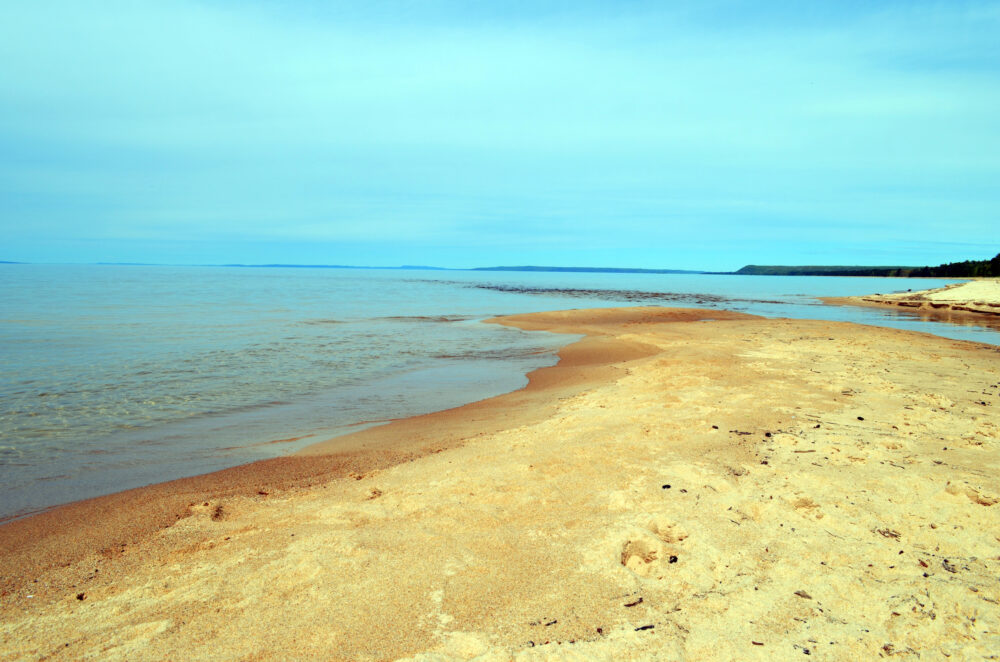We have much more to do and your continued support is needed now more than ever.
The American Public Still Wants to Save the Bird and the Herd
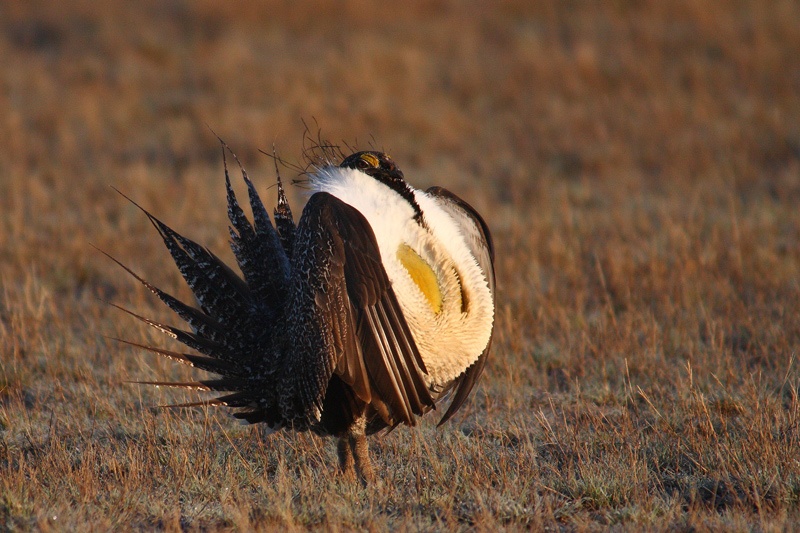
Two years ago, four Western governors from both parties joined sportsmen and women, ranchers, private landowners, local, state and federal officials in Denver for what was supposed to be the start of the nation’s largest-ever conservation effort. I attended the Sept. 22, 2015, news conference, where former Interior Secretary Sally Jewell announced that the greater sage-grouse would not need to be placed on the endangered species list, thanks to on-the-ground work across the West and conservation plans ready to be rolled out by the Bureau of Land Management and the U.S. Forest Service and individual states.
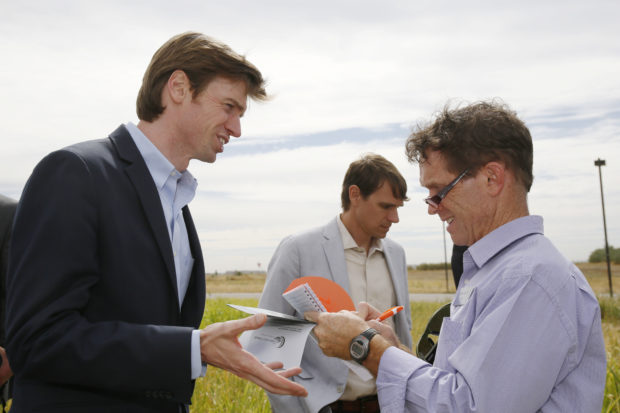
Fast forward two years, and many of the collaborative efforts to safeguard the bird’s habitat on our national public lands are on hold, which means the chicken-sized, spiky-tailed, fancy-dancing bird is moving closer to the brink of extinction.
The conservation plans, developed with input from state agencies, private landowners, hunters, anglers and other conservationists, are aimed at saving an iconic Western species and a landscape that is also home to 350 other species, including mule deer, elk and pronghorn, golden eagles and several kinds of song birds. Sage-grouse populations have been in decline for decades. Mule deer, which rely on the same sagebrush habitat the bird does, have also experienced declines in some parts of the West. Other wildlife, ranchers who graze their livestock on sagebrush lands and local communities that benefit from more than $1 billion in spending generated from recreation on public lands in sagebrush country stand to gain if sage-grouse and its habitat thrive.
So why are we at a standstill two years later on our national public lands? In June, the Trump administration ordered a review of the sage-grouse plans to “improve sage-grouse conservation and strengthen communication and collaboration between state and federal governments.” The plans aren’t perfect and, in fact, were opposed by some state and industry officials who said they went too far and some conservation organizations who said they didn’t go far enough–which probably means they’re just about right.
However, the sage-grouse plans represent years of collaborative negotiations and work by a broad range of interests and have bipartisan support among Western governors. In fact, the state plans are already showing promise on the ground, through restoration projects and conservation easements on ranches. Wyoming Gov. Matt Mead, a Republican, whose state has led the way on sage-grouse conservation, and Colorado Gov. John Hickenlooper, a Democrat, wrote to Interior Secretary Ryan Zinke in May, saying while there’s room for improvement, they don’t think “wholesale changes” were necessary.
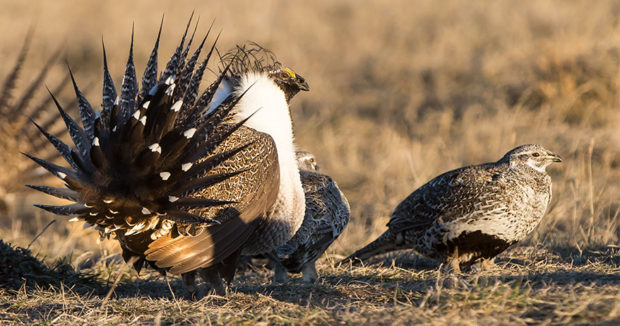
But wholesale changes could be in store if the recommendations in an Aug. 7 report on the sage-grouse plans are implemented. For example, the recommendations include eliminating designations of important sage-grouse habitat where protective measures would be in place and making it easier to waive safeguards to allow more drilling and other development in sage-grouse habitat. The report also discusses the intention to “revisit the scientific literature” on the size of the buffers needed around sage-grouse leks, or breeding grounds.
Most concerning, the recommendations suggest that the administration could shift its approach from a focus on restoring and conserving the bird’s habitat to setting state-by-state population objectives. It also mentions raising grouse in captivity to boost numbers. Western governors have specifically discouraged both of these approaches. The Western Association of Fish and Wildlife Agencies recently issued white papers that question the viability of captive breeding and point out problems with tying sage-grouse conservation to setting population objectives. It comes down to habitat – enhancing, restoring and protecting it – if we want to make sure the bird doesn’t need to be listed, the wildlife biologists stress.
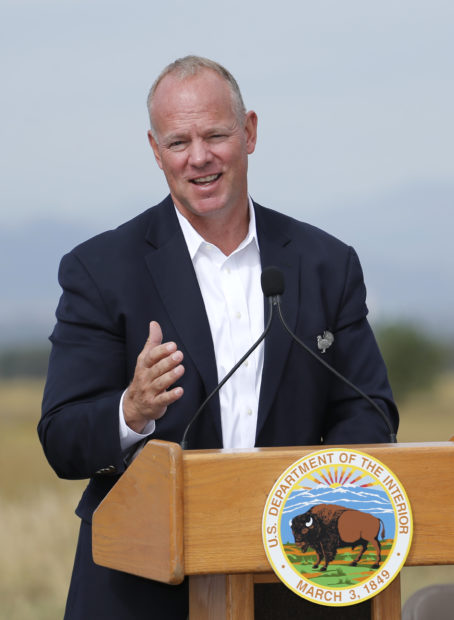
The sage-grouse announcement two years ago at the Rocky Mountain Arsenal National Wildlife Refuge was a watershed moment in conservation and celebrating the power of collaboration among people from across the political spectrum in saving a cherished species and landscape. At the time, I said it illustrated “what the Endangered Species Act is supposed to be all about: galvanizing collaborative efforts to save wildlife species before they’re on the brink of extinction.”
We’ve lost some time, but I’m confident that if we continue to work together and make sure the governors are at the helm, in full partnership with the federal agencies, landowners, and conservation groups, we’ll get back on track and we’ll save the bird – and the herd.
Help protect the bird and the hundreds of plant and wildlife species that live in the sagebrush ecosystem. Tell the Department of Interior not to turn back the clock on conservation.




















